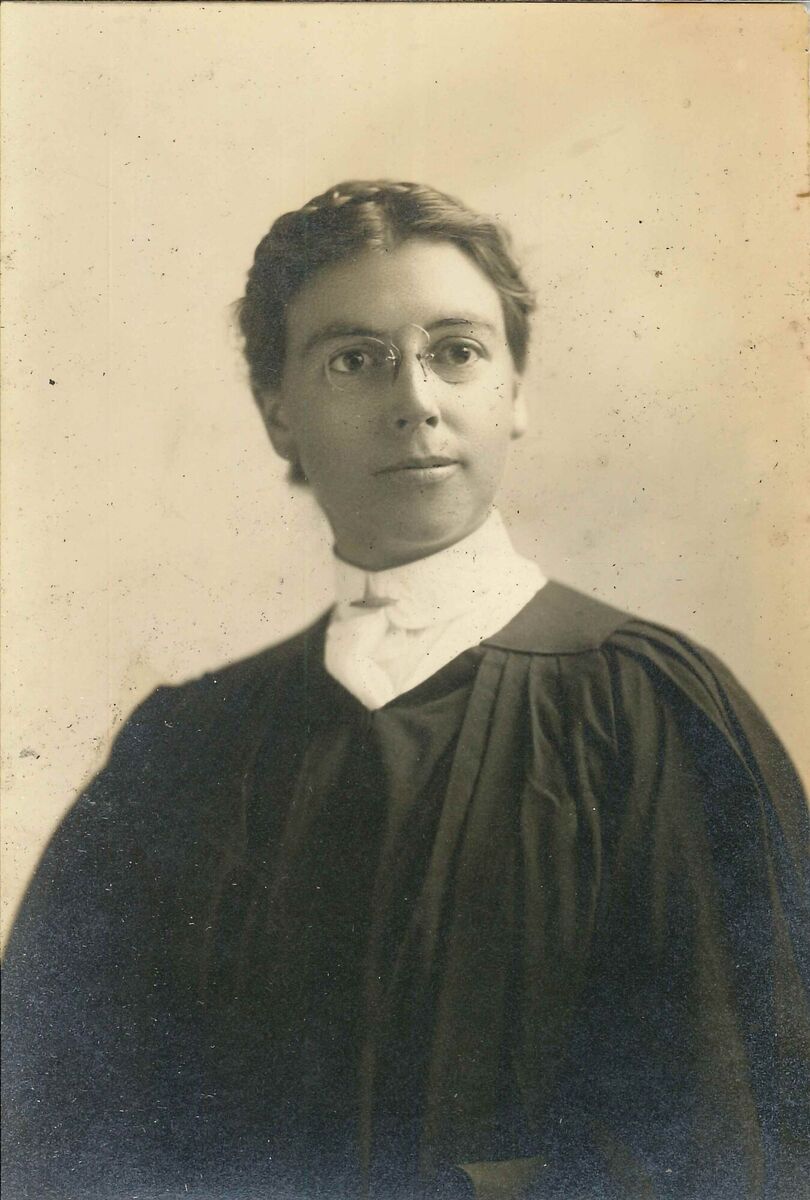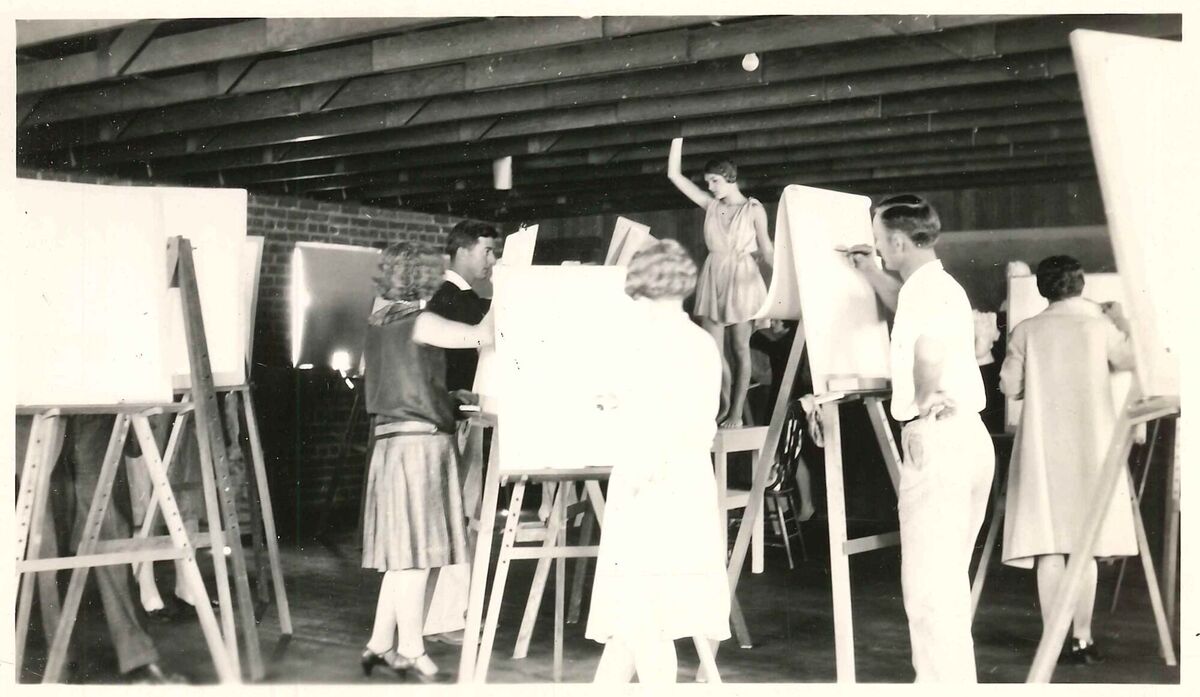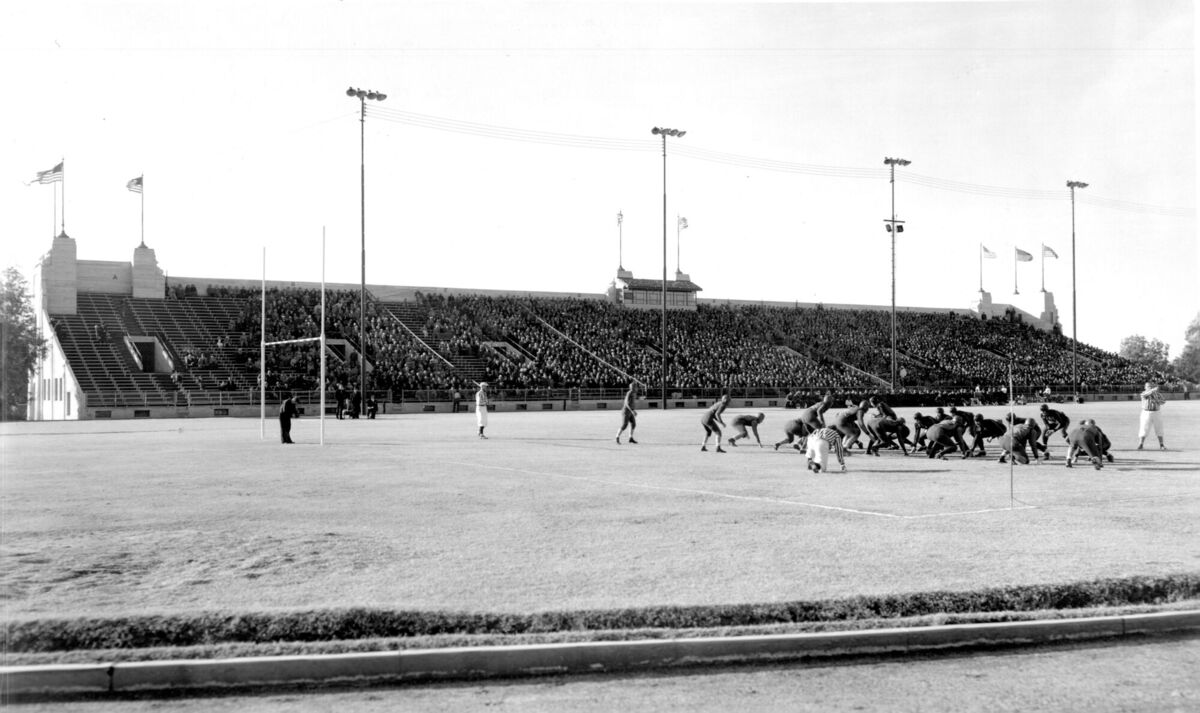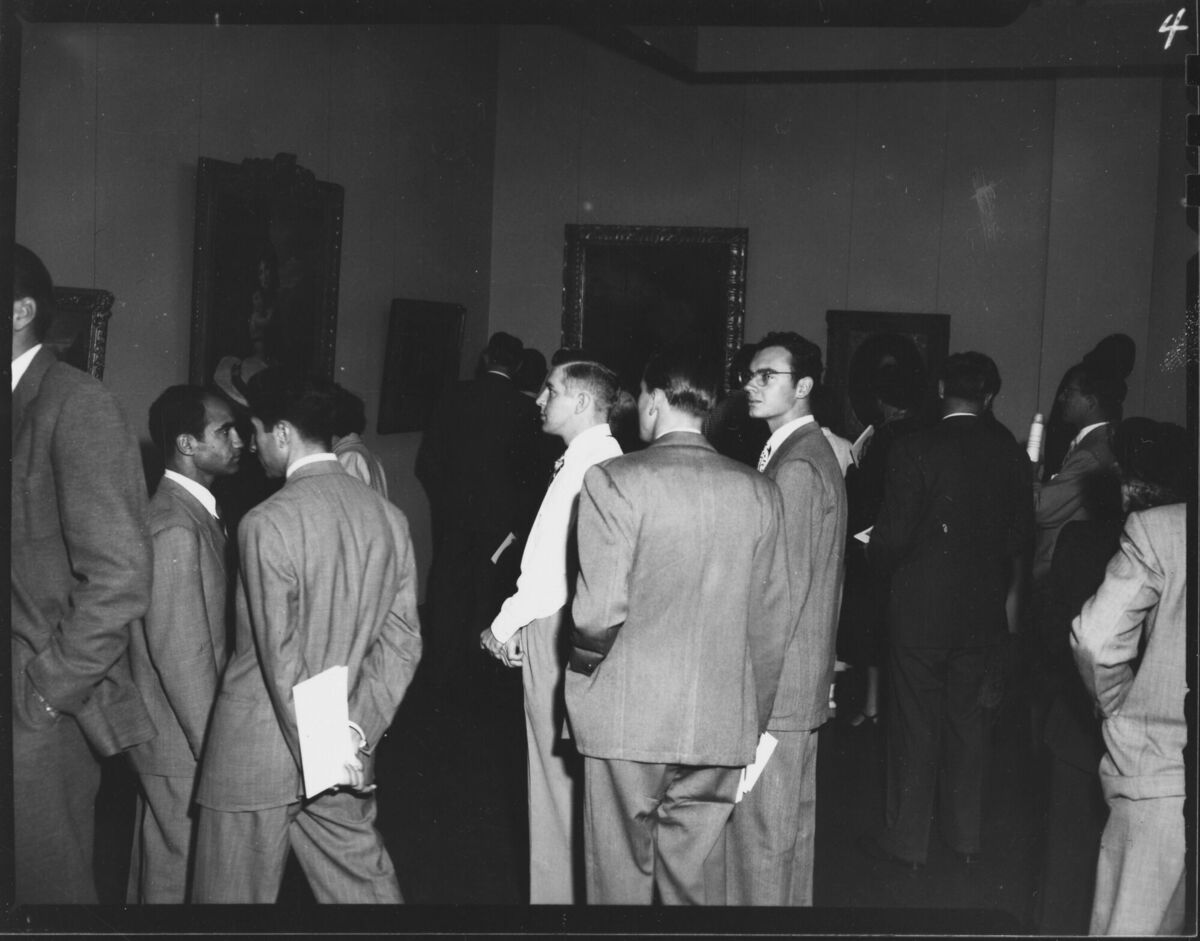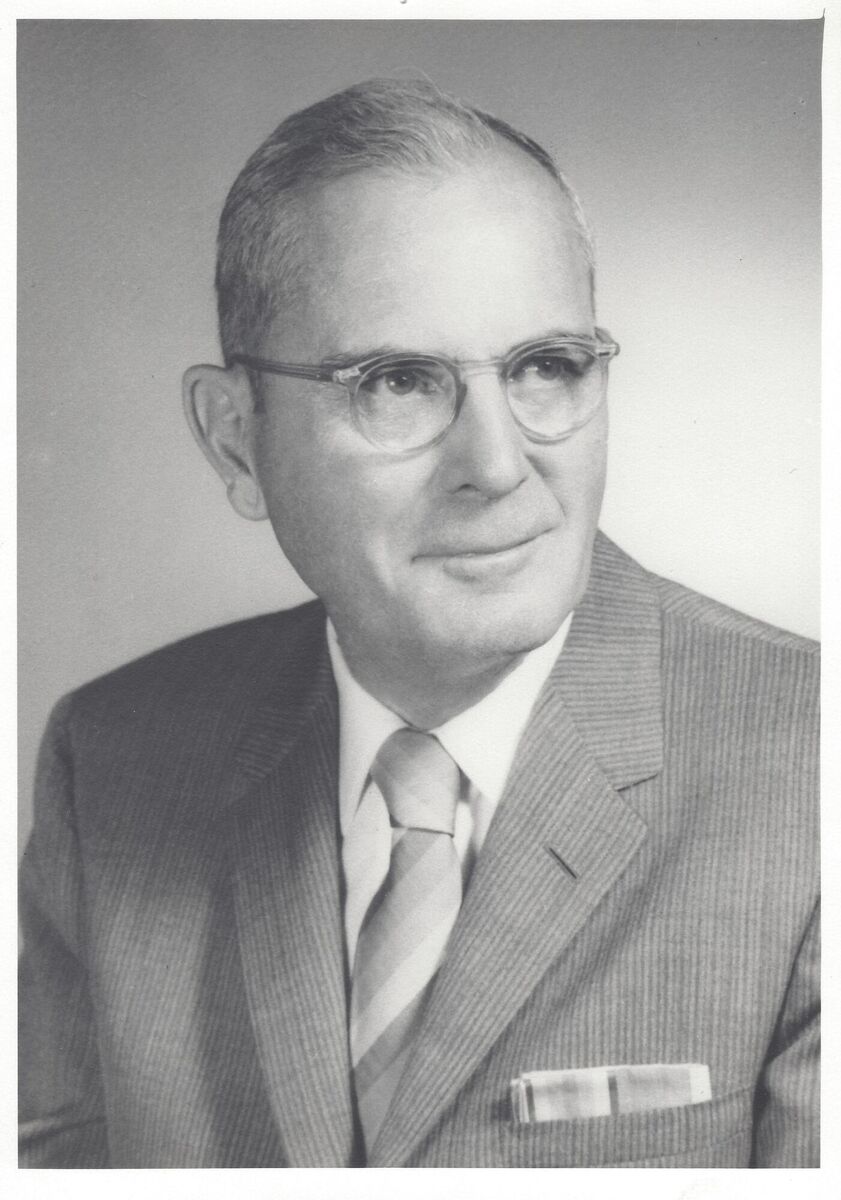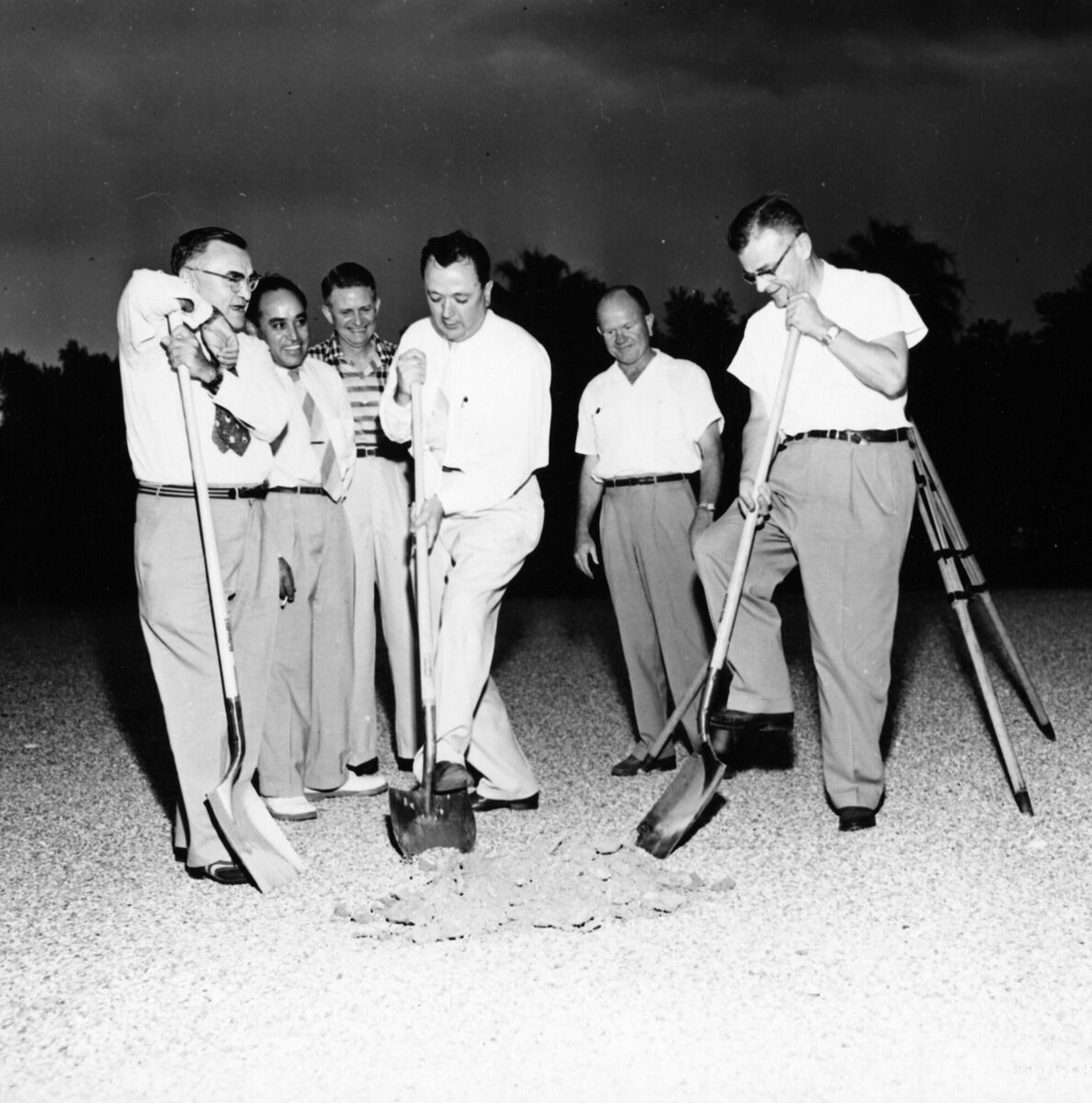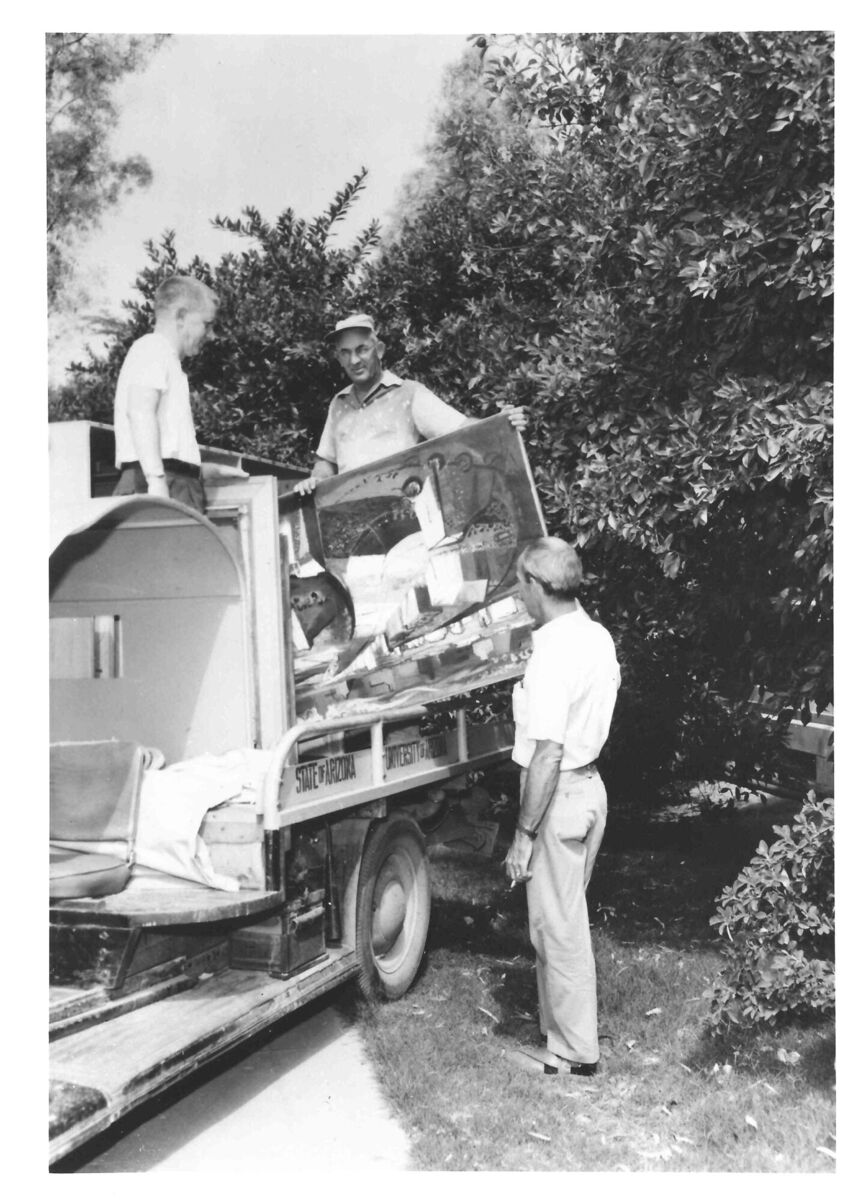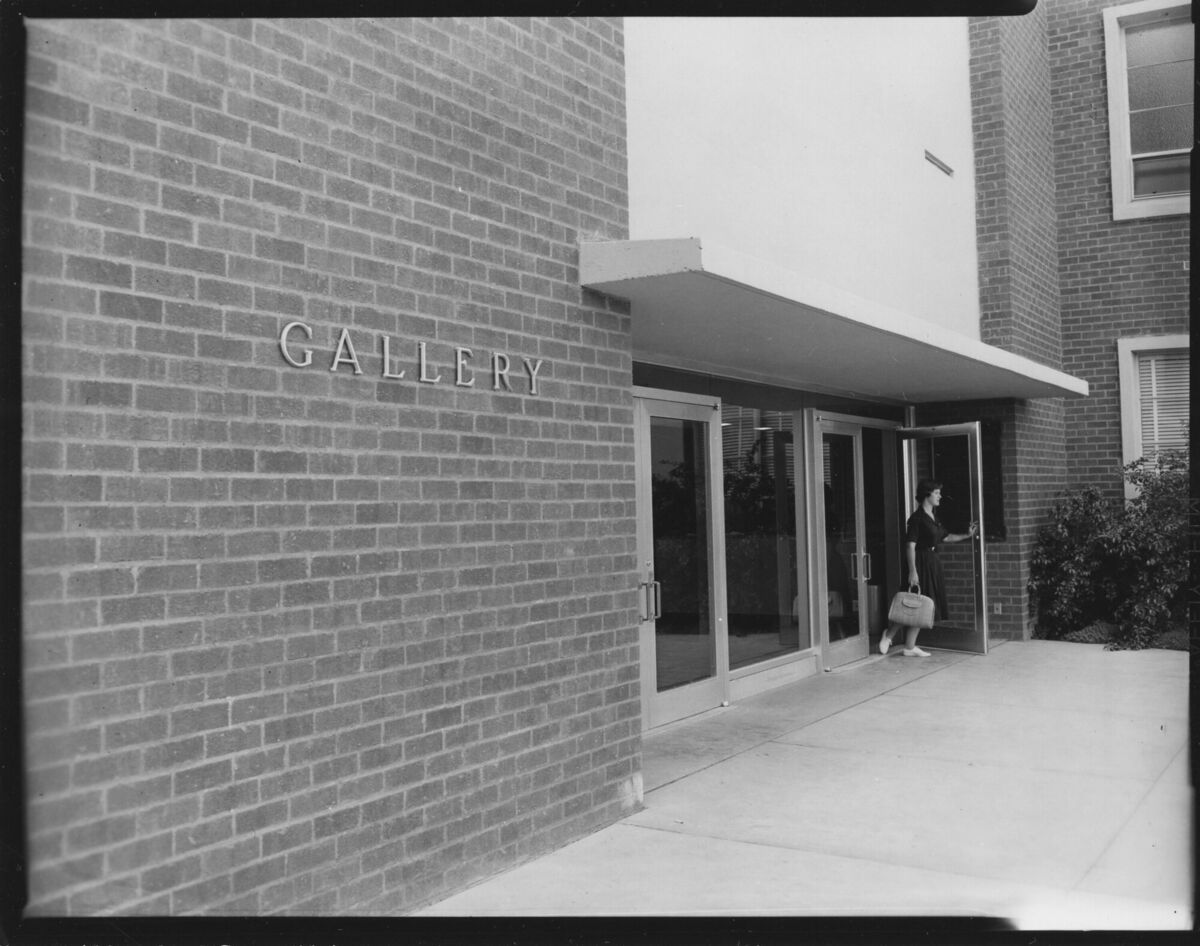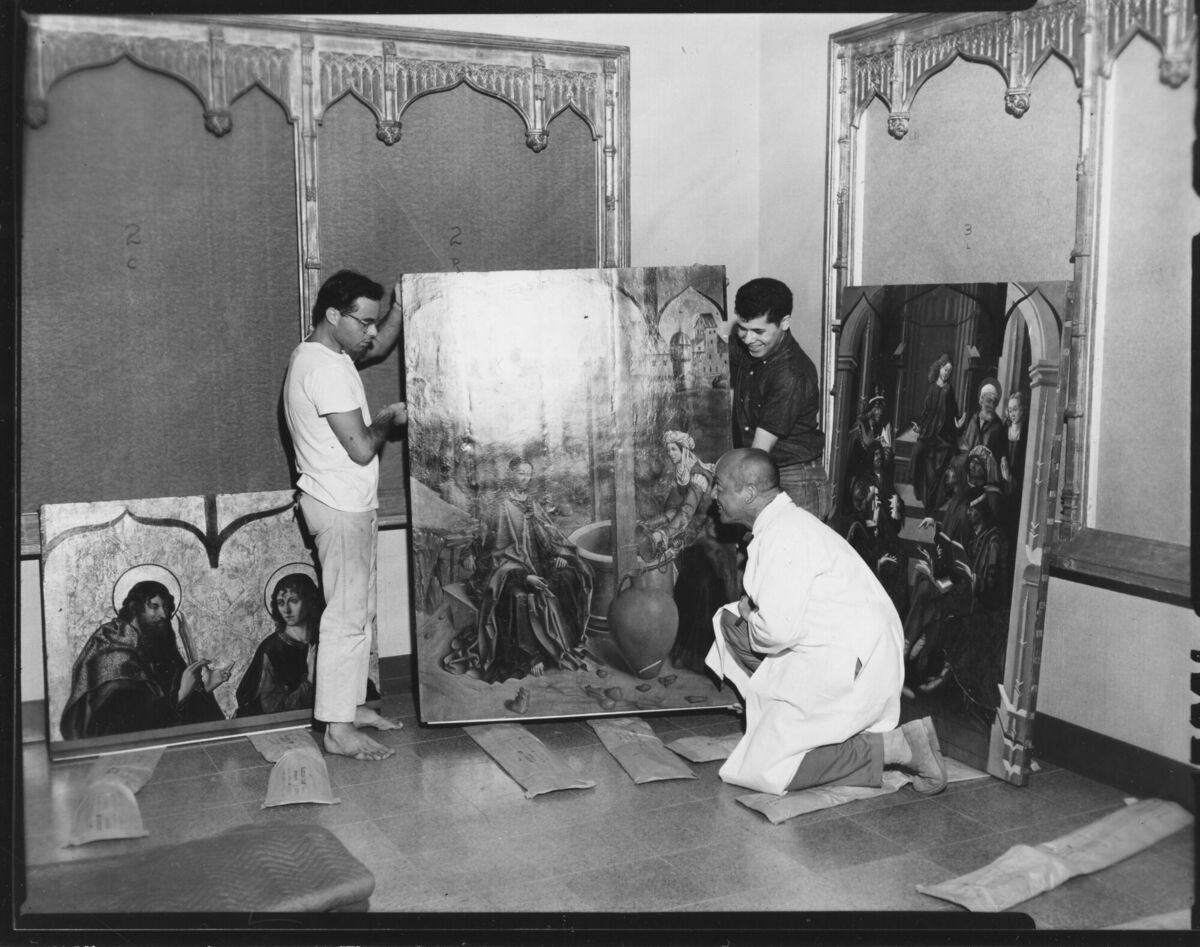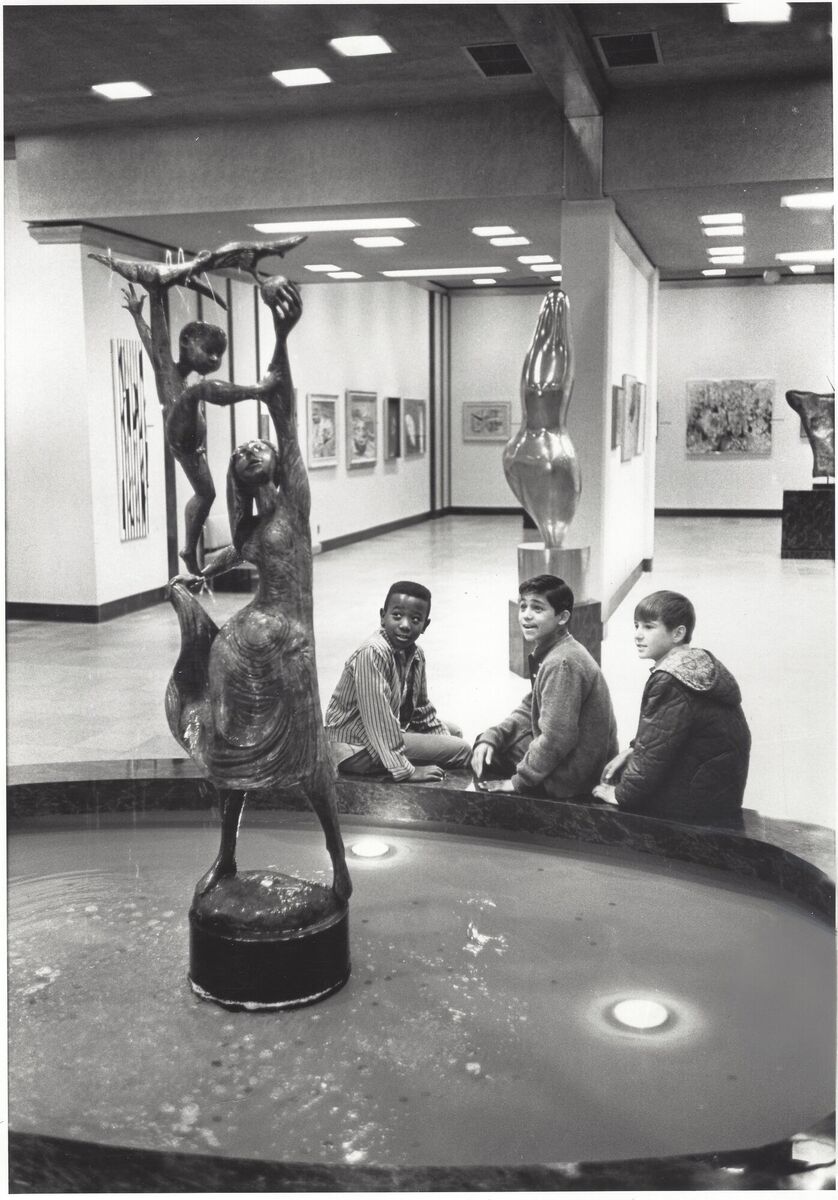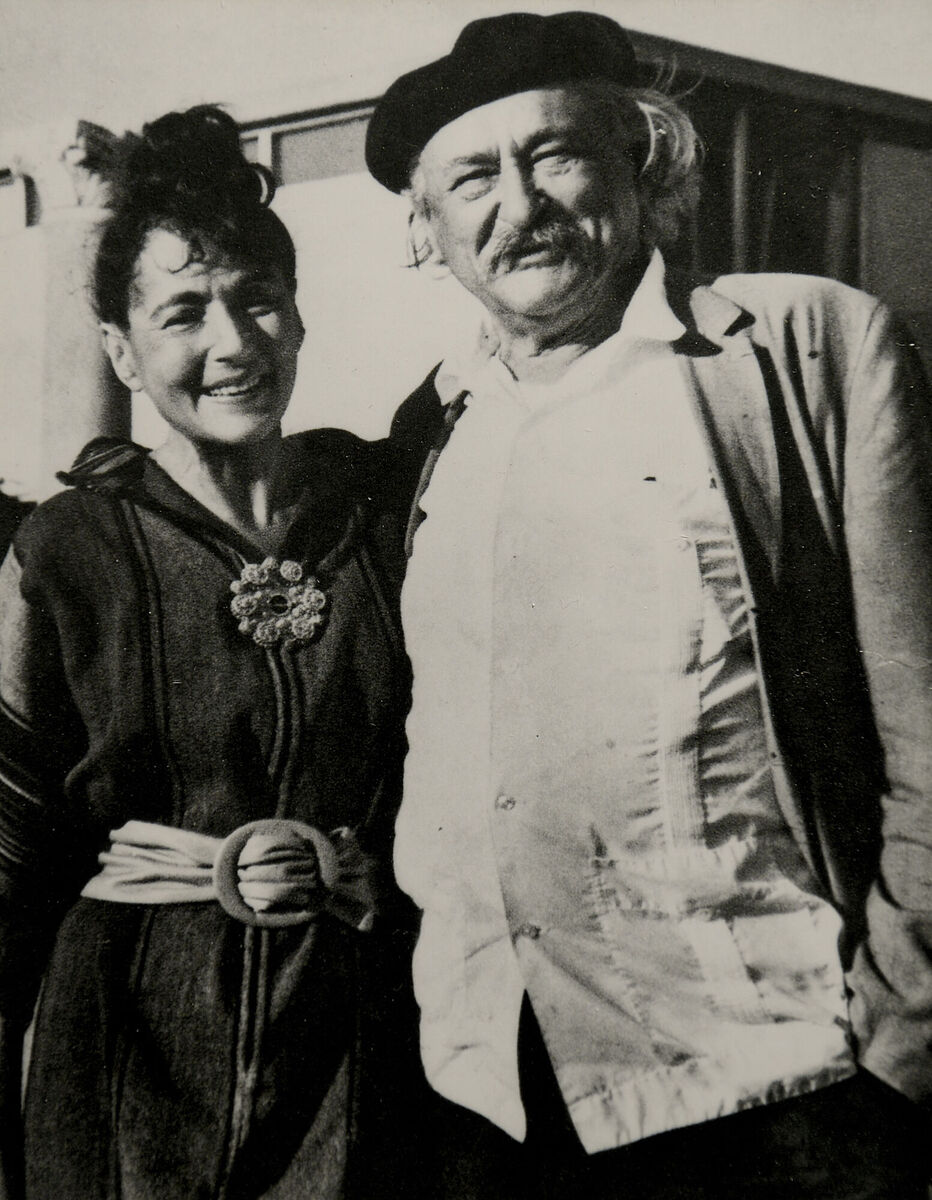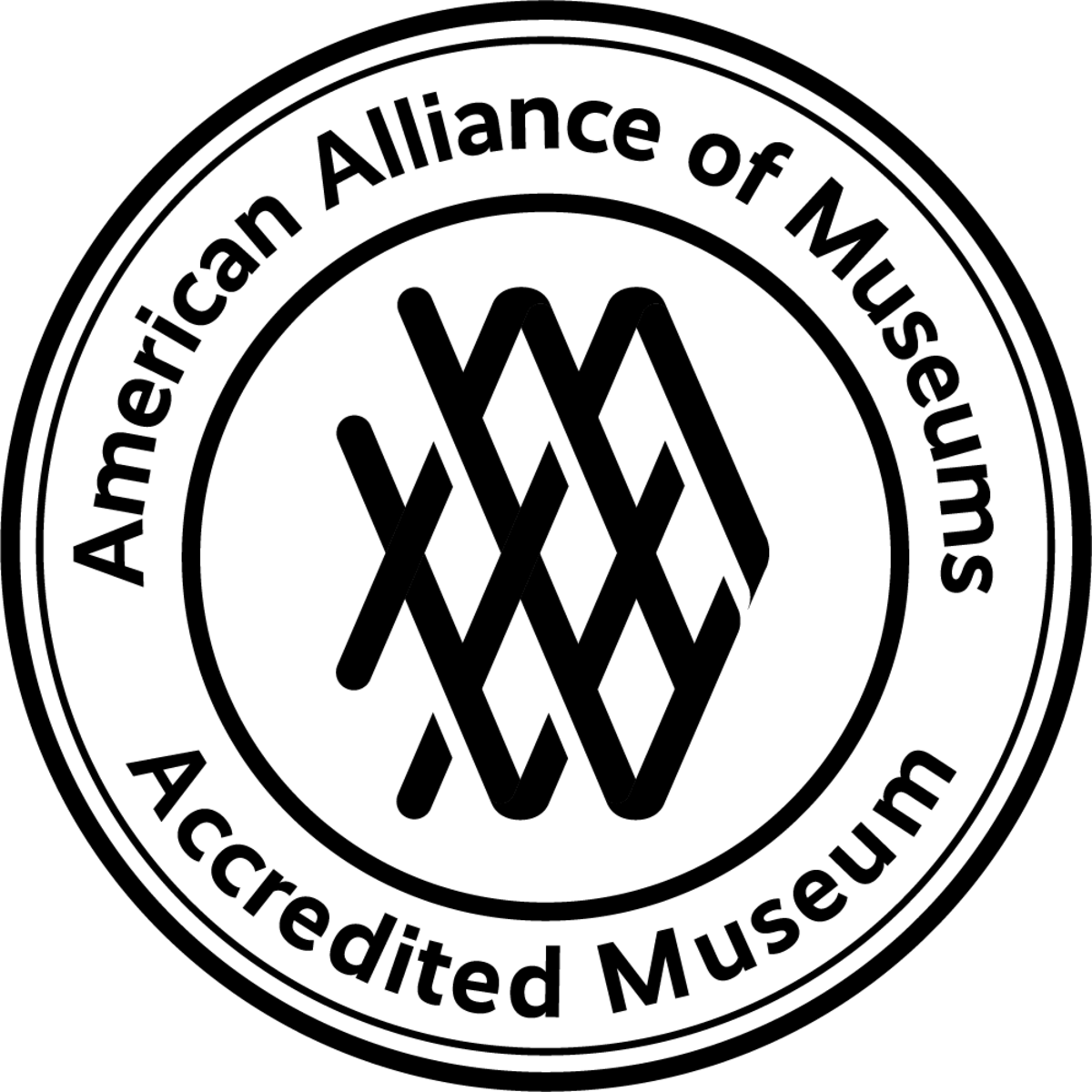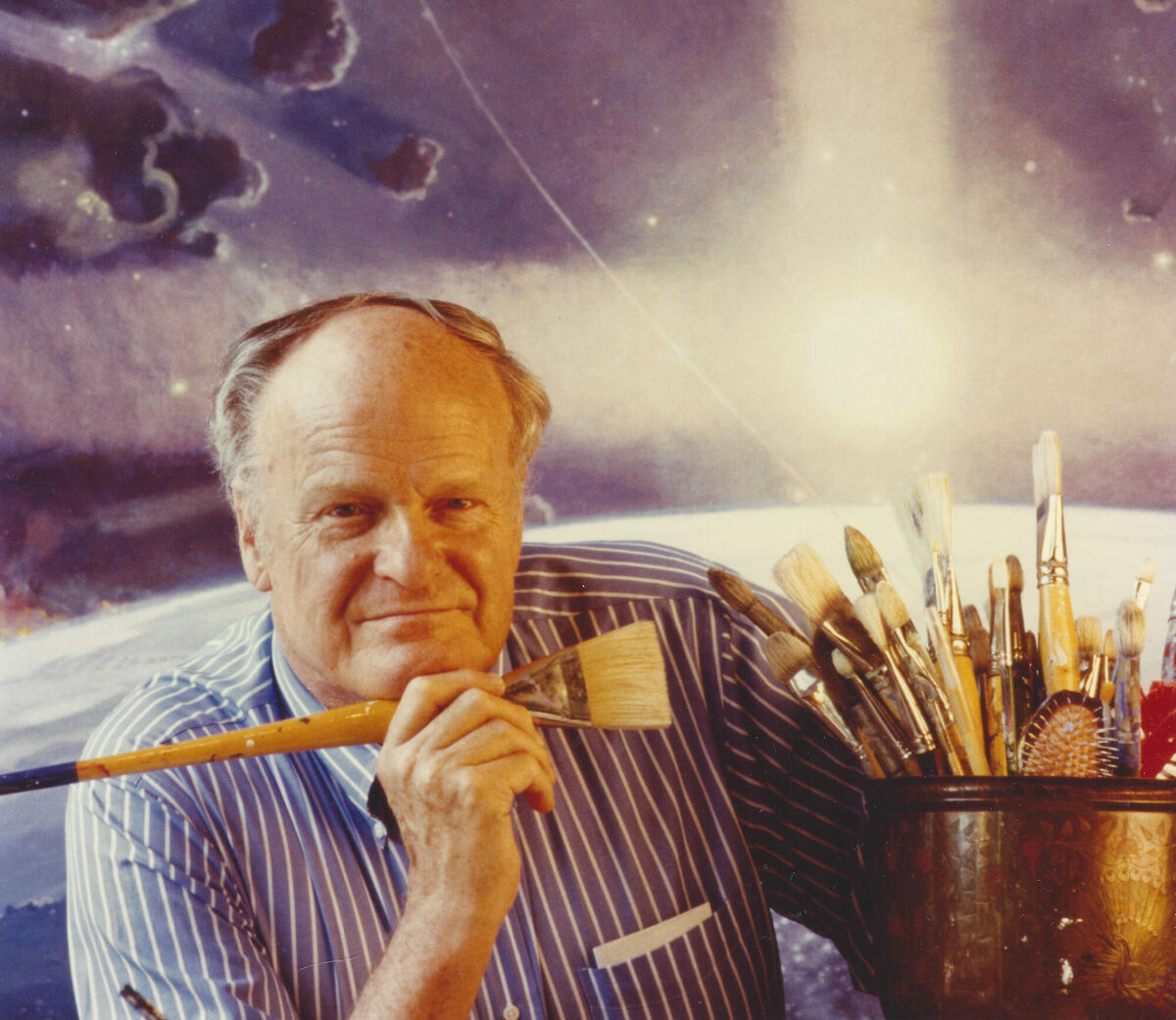Ansel Adams Exhibition
From March 17 to April 30 in 1974, the University of Arizona Museum of Art hosted its second-ever photographic exhibition. Called Little Known Images, the exhibition featured 125 of Ansel Adams’s photographs, lent to the Museum by then seventy-two-year-old artist. The exhibition heralded the start of a significant partnership between Adams and the university. While in Tucson, Adams met then-University president Dr. John P. Schaefer, who followed their meeting with a visit to Adams’s home in Carmel, California. The two men worked closely together to outline plans for a new institution that would collect photographic archives and by spring of 1975, not much more than a year after Little Known Images opened to the Tucson public, the new Center for Creative Photography was announced with the Ansel Adams Archive as one of its founding collections.
Photo Caption: Nevada Fall, Rainbow, Yosemite Valley, 1946-1950. Photograph by Ansel Adams. Collection Center for Creative Photography, University of Arizona. © The Ansel Adams Publishing Rights Trust






